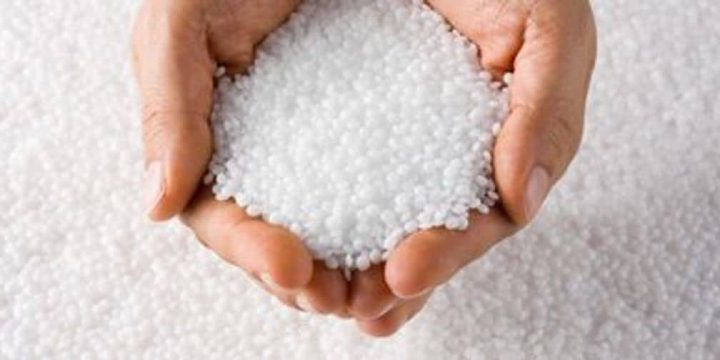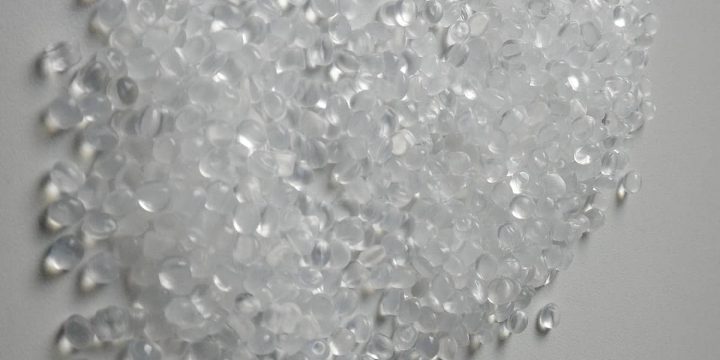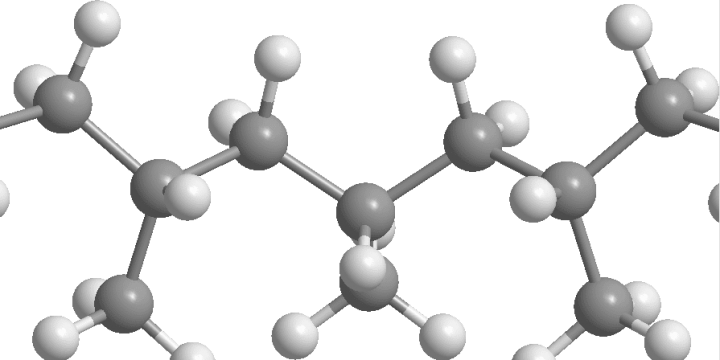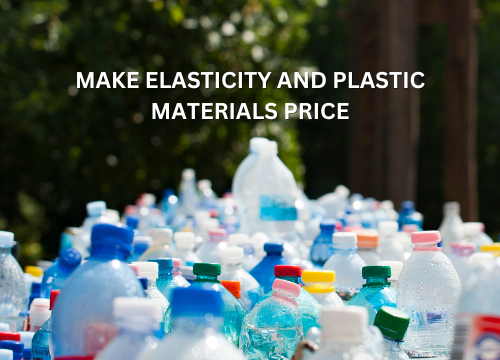
Polyethylene
What is Polyethylene? Polyethylene is a thermoplastic polymer that is widely used in various applications. It is a versatile material known for its durability, chemical resistance, and ease of processing. Polyethylene is composed of ethylene monomers, which are chemically bonded together to form long chains. Polyethylene can be classified into different types based on its density and molecular structure: Low-Density Polyethylene (LDPE): LDPE has a low density and is characterized by its flexibility, toughness, and transparency. It is commonly used for applications such as plastic bags, films, squeeze bottles, and coatings. High-Density Polyethylene (HDPE): HDPE has a higher density and offers greater stiffness, strength, and chemical resistance compared to LDPE. It is widely used for applications such as plastic bottles, containers, pipes, and geomembranes. Linear Low-Density Polyethylene (LLDPE): LLDPE…



